—Visit Hakui and save its boundless, beautiful beach—
Early in the morning, surfers arrive one after another to an empty beach as the waves lap the shore. But instead of surfboards, they are carrying large trash bags. With practiced motions, they then collect the garbage scattered across the beach: empty cans, plastic bottles, and fishing nets. The surfers’ bags soon fill up, mainly with plastic trash.
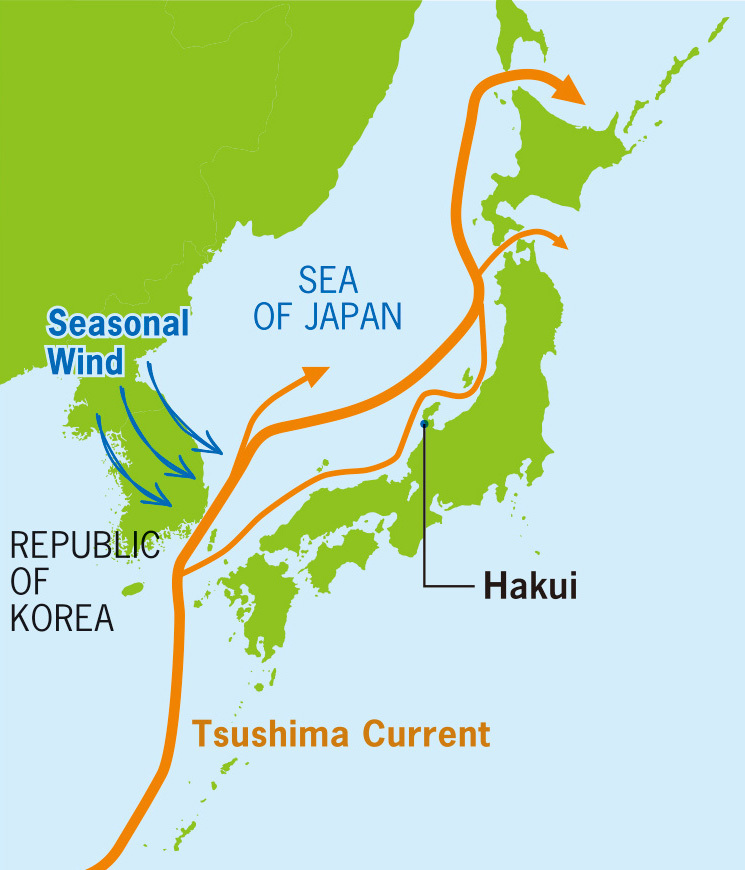
The beach lies on the Shibagaki Coast in the city of Hakui, Ishikawa Prefecture. Blessed with abundant natural surroundings along with many historical temples and shrines, Hakui is home to a beach of exceptional beauty facing the Sea of Japan. While the Chirihama Coast is a very popular sightseeing spot because it is the only beach in Japan where one can drive a car on the sand, the Shibagaki Coast is also famous, and, well-known as a good surfing spot, many local and visiting surfers enjoy its good waves. A major problem in recent years, however, has been the increase in ocean garbage jeopardizing the beach’s scenic beauty. While debris has always washed ashore here due to the ocean current, recently the amount of plastic trash drifting in from nearby countries is striking.
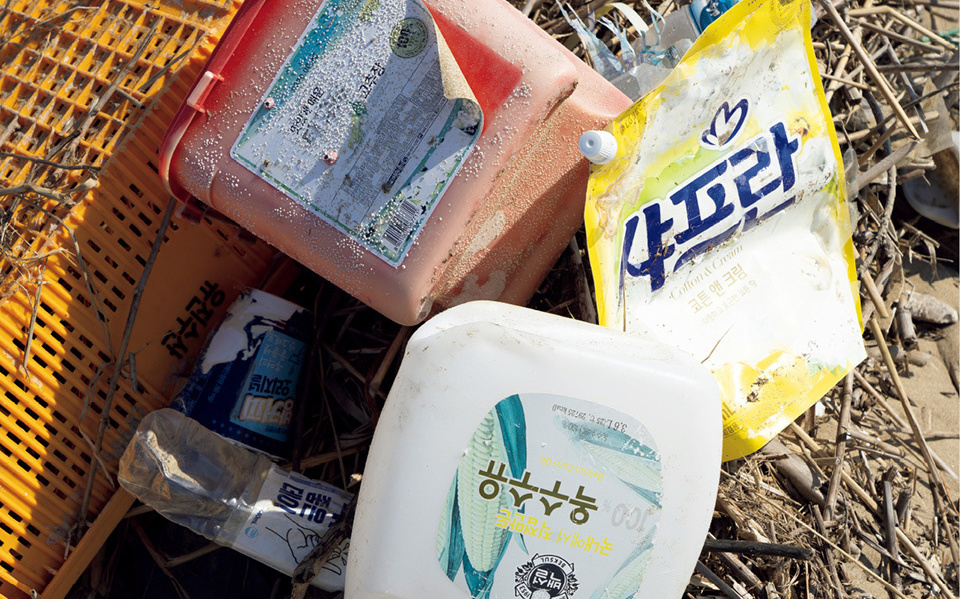
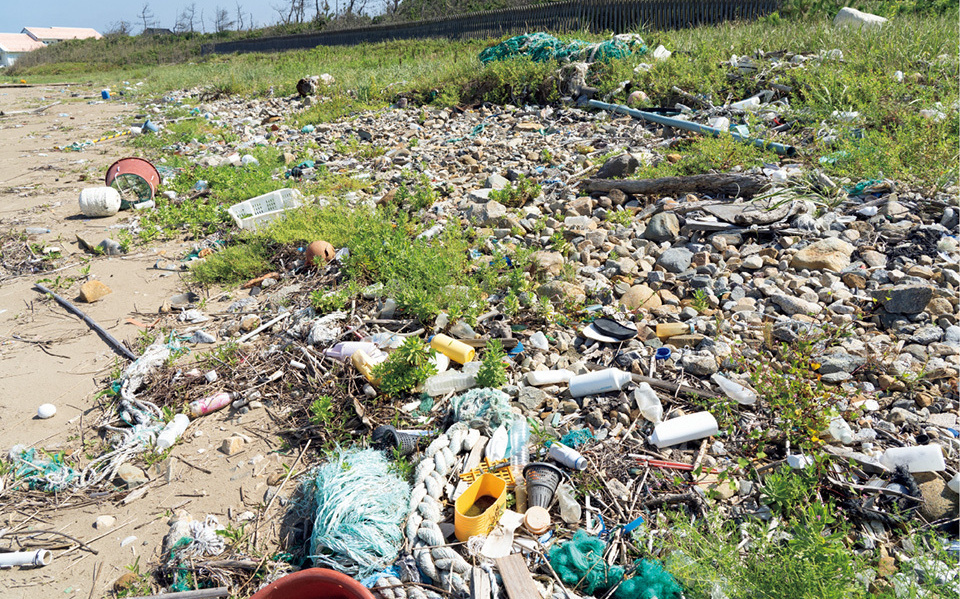
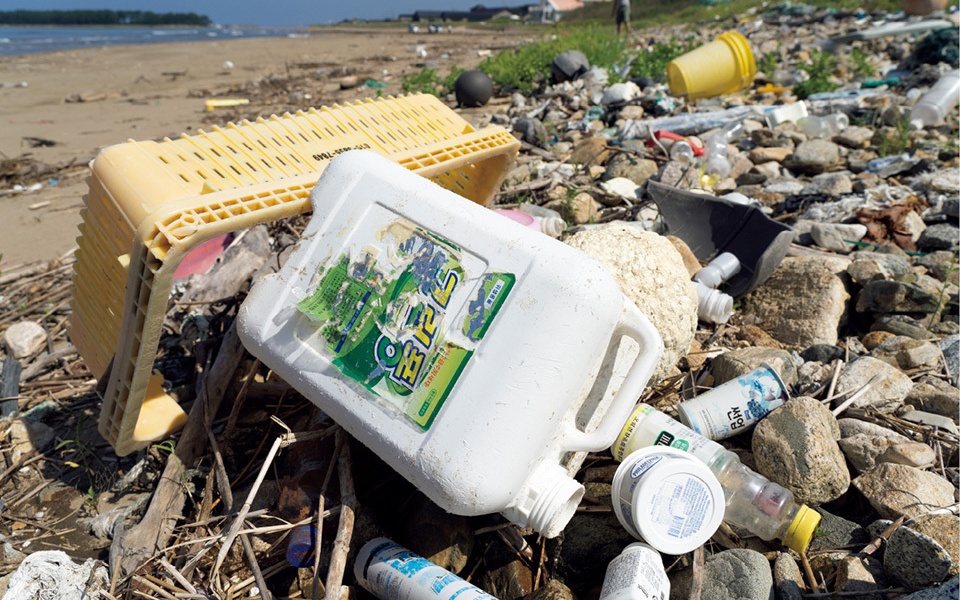
A huge amount of garbage drifts ashore onto a beautiful beach in Hakui. Much of the plastic waste is labeled with non-Japanese writing.
At the G20 Summit in June 2019, countries agreed to swiftly take action both nationally and internationally, in partnership with relevant stakeholders, to prevent and significantly reduce discharges of plastic litter and microplastics to the oceans. In addition, the “Osaka Blue Ocean Vision,” which aims to reduce additional pollution by marine plastic litter to zero by 2050, was shared.
Since the 1980’s, though—well before that international action—local volunteer organizations have been regularly conducting Hakui beach cleanups. In 2019, their activities led to the collection and disposal of nearly four tons of garbage. Local children have also joined in the action. Meanwhile, one of the groups that organizes the work additionally arranges for lectures at local junior high schools to discuss the problem of ocean garbage. The group also disseminates information to a widespread audience on social media, helping the message to reach young people as well. The representatives of this group said, “Our community has long had a deep-rooted desire to preserve our valuable sea for the future, so it is no wonder that cleaning up our own beach is part of our daily routine.”
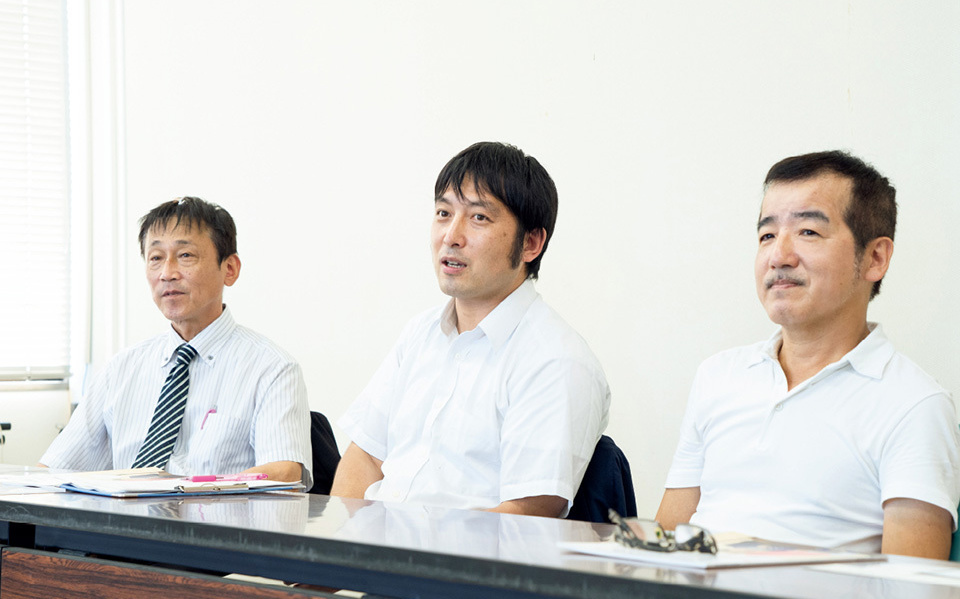
Three local volunteer organizations, whose members come from all walks of life, have been doing everything they can to protect Chirihama Beach, a treasured part of the community.
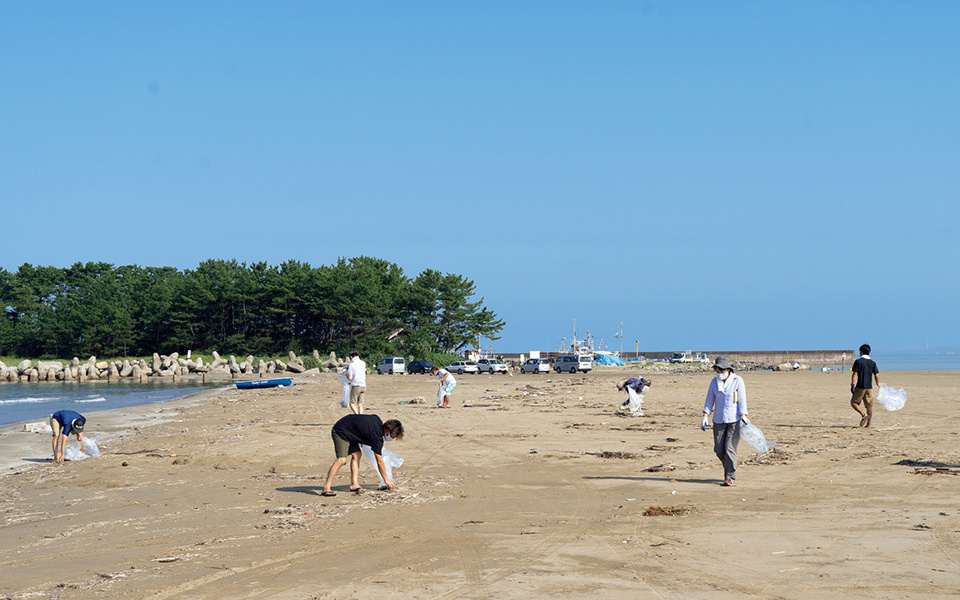
At daybreak along the Shibagaki Coast during the summer, surfers can already be seen out cleaning up the beach. They even pick up tiny pieces of broken plastic one at a time by hand, amid the debris washed in from the ocean.
The beach-cleaning activities thus did not start from a sense of obligation, but rather stemmed naturally from a desire to protect the beloved sea. The surfers on the Shibagaki Coast felt the same passion, as they wanted to beautify the sea, which allows them to enjoy surfing, as much as possible, and they have continued their spontaneous efforts for nearly two decades now. Even with large cleanup events restricted due to COVID-19, the surfers are still working eagerly, day in and day out, to pick up garbage in between their wave-riding.
The people of Hakui teach us that the initial step to halting the spread of ocean garbage is first and foremost to hold the sea dearly. If people around the world could likewise love the oceans, caring more deeply about the natural environment, the result could be a reduction in the amount of ocean garbage that threatens marine ecosystems.
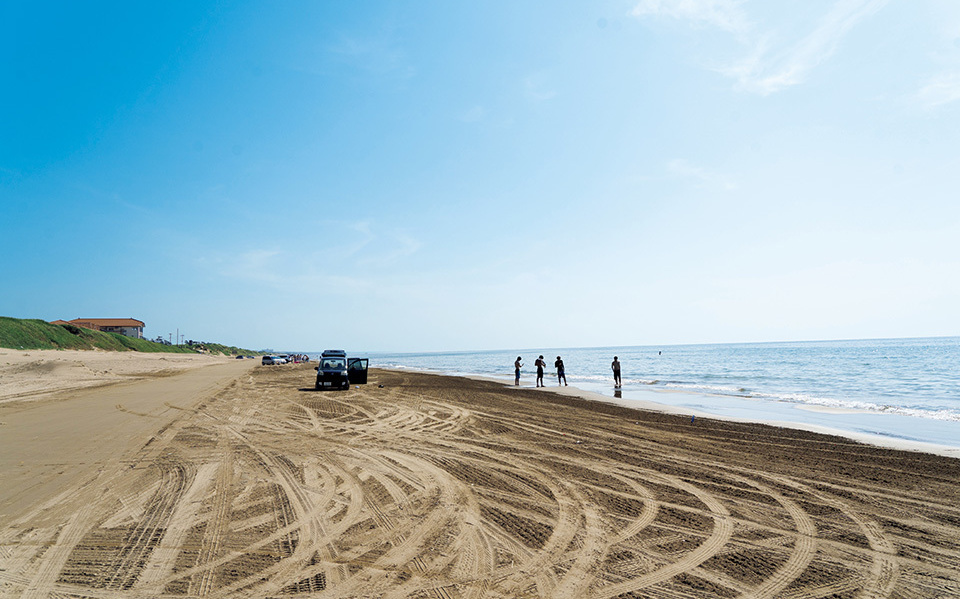
The Chirihama Coast is one of the few beaches in the world where it is possible to drive a car. It is particularly exhilarating to have the waves splash up against your vehicle.
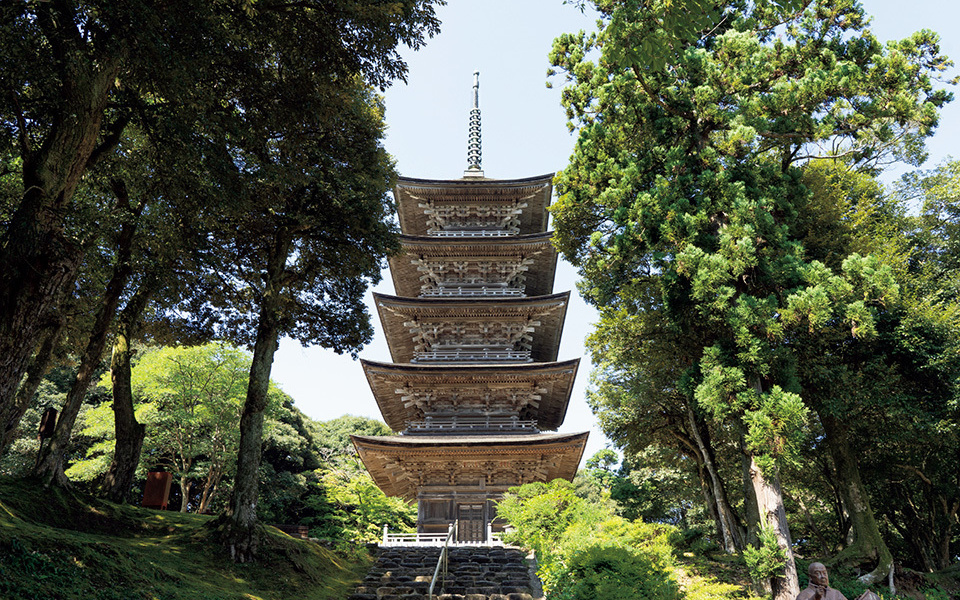
Myojo-ji Temple was founded over 700 years ago. Its pagoda, perched atop a low hill, speaks to the temple’s majesty.
































